As adventurers develop into legendary heroes, have you searched through the Monster Manual to provide creatures of terrifying strength to match them? It’s a necessary exercise in balance while exploring the higher levels of D&D. However, today’s topic isn’t about finding the right challenge rating to oppose your players, or finding monsters that will make a balanced encounter. While deeply important, there are two major fields of D&D play that need to meet the same level of excitement and wonder.
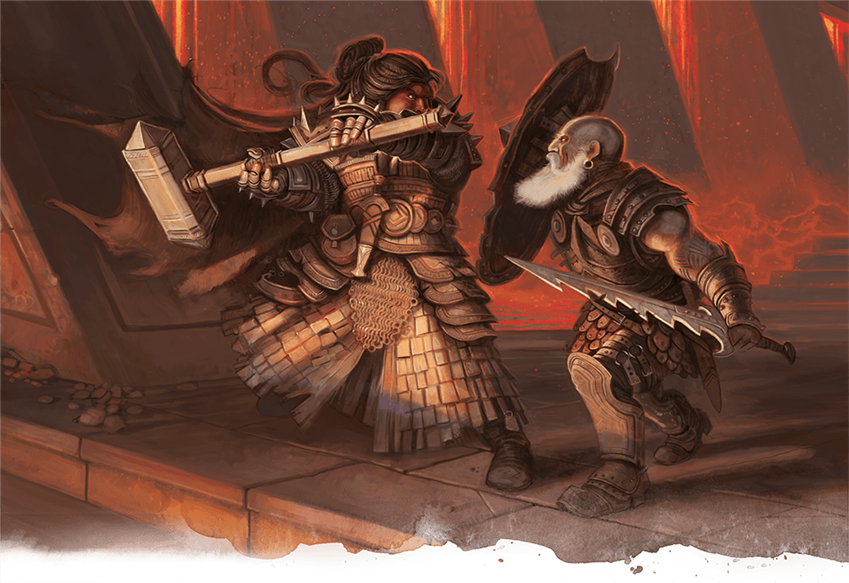
Positioning Strengths
A character's power level is an important part of D&D no matter what level you are, and challenging powerful characters is a skill that every Dungeon Master will have to learn at some point. This is most true as characters advance into Tier 3 and beyond, as the powers they gain in those levels transform the way the game is played forever. These levels mark the transition between the power of exceptional mortals and the domain of demigods. Spellcasters can enfeeble minds and cause earthquakes. Barbarians stretch the limits of mortal stamina with rage without end. Fighters attack three times per action, as well as gaining several attribute increases. While the pillars of exploration and social interaction are still firm participants, players want to explore the benefits and combinations that these new abilities provide. No longer are common bandits or orc warriors worthy foes for demigod-like adventurers. The enemies that are worthy of their strength loom in the realm of dragons.
Multiple problems can develop from the swing toward heavily combat focused sessions. Groups that previously played with low encounter rates may increase them simply to utilize new class abilities. Some DMs get stuck trying to make large encounters fit into small situations. The pillars of D&D, combat, social interaction, and exploration, are of unequal height. You gain the risk of an arms race; one between ever-improving superpowers and the monsters made to meet them.
This is positioning brawn against brawn. Sword against sword. Magic against magic. What are the alternatives? Here’s an approach.
In various forms of media there’s an encounter called “the doppelganger scenario”. It’s when a party of adventurers has to face mirror versions of themselves. The mirror versions know exactly what their corresponding self is going to do, so battles between the duos has no victor or the clones have the upper hand. After struggling for a time, someone remarks that pairing the clones with a party member that can exploit the clone’s weakness is the solution. The heroes switch opponents and find victory.
As the DM, you’re switching the opponents. Exploration and social interaction, the other two pillars of D&D, are the exploits by which you can strike at the heart of player engagement.
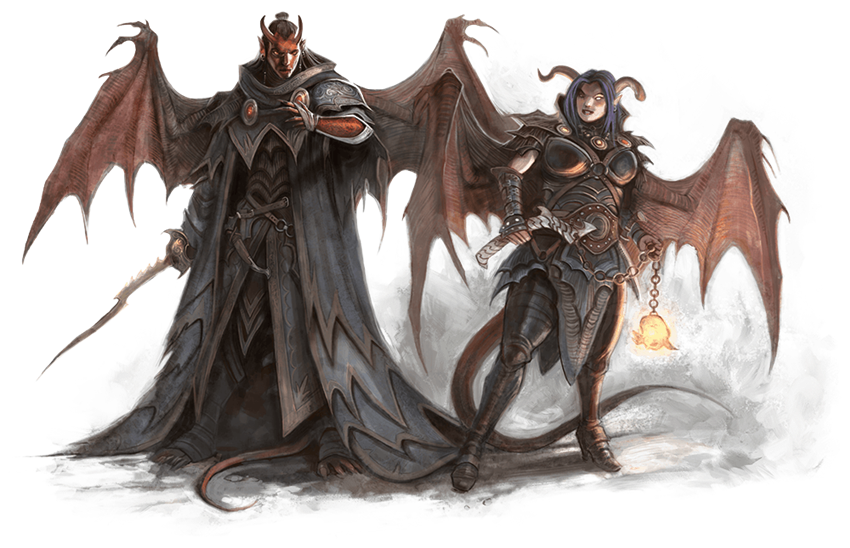
The Social Pillar
Social interaction and exploration can both take major shifts alongside the substantial growth of player strength and notoriety. Any element of an adventure can give narrative value to the events within it. Social relationships are a method of influence that controls the atmosphere and tone of a setting.
For example, let’s say that there’s a dragon that’s nested in a classic, treasure filled lair. The dragon moving in has kept other powerful monsters away from a local village, but the dragon also demands many of that village’s resources. Low level NPCs are locked between a rock and a hard place. The dragon’s death will bring prosperity back to their land, but inevitably some other powerful beast will fill the vacuum of power.
Positioning players in a catch-22 places the weight of innocent lives on their shoulders. What differentiates this event is that successful combat doesn’t solve the problem. We’ve turned the adventure hook into the responsibility of power, and how being a hero means more than simply slaying monsters. The question becomes, “how do I use these abilities to bring lasting peace?”
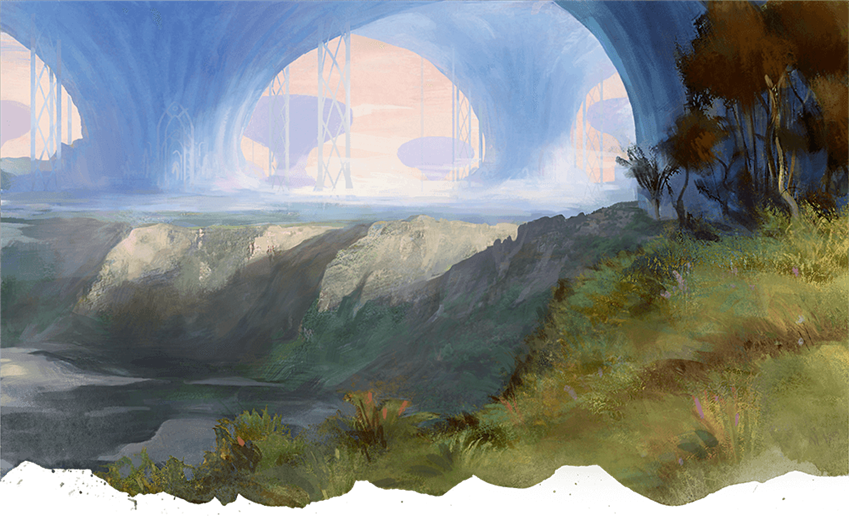
The Exploration Pillar
One of the most impactful moments in D&D is when a DM describes a new location. Your players might listen for inflections in your voice in an attempt to discern what information is of most importance. Others let their minds build the described features, as new details fill in the blanks. What makes those places iconic are both the depth of the experience itself and the connections between them and the journey. These two elements combine into making exploration a widely powerful tool.
For example, your players find a portal the Feywild. It’s the first time that they’ve left the Material Plane, so what they get out of this experience will set their expectations surrounding planar exploration. Realizing this, you pull out the big guns and spend a few hours writing out a beautiful description for each of the key locations the party will travel to throughout their quest. That’s some fantastic DM work! But exploration isn’t just about the places you can reach. Bolstering this pillar of play includes mystery, weaving plot into location, and aspects of the world beyond.
As Sirelda wades through the meadow toward an incapacitated figure in the distance, the forest around her falls silent. Only the slow drips of water from her armor ripple outward in concert with her slow wading. She stops. Everything seems to have done the same. Everything but a tingle in the atmosphere, like an arcane hum moving through the very life force of this forest’s network. Suddenly, “WOOOFMP. WOOOFMP.” The sound of slow, heavy wing-beats flap overhead. Sirelda recoils back, instinctively summoning magic from her surroundings to prepare a spell.
But then she sees it.
A great moth spirit of impossible size throws its wings down toward the earth, only to rise in an elegant curl before repeating itself. She notices the lack of wind; how the water she’s in is perfectly still, and how when she looks up again, the moth is miles away in the distance. She blinks. It’s gone. A drop of water falls into the pond and everything is as it was. Except in Sirelda’s clenched hand is something new. Something that hadn’t been there before; she’s sure of it. A tiny pouch, neatly tucked full of the rarest natural medicines she’s ever laid eyes on. She rushes quickly toward the figure. A bronze dragonborn wearing large silver armor is covered in blood before her. Sirelda swiftly unbinds the medicines with practiced hands, preparing a collection of spells that these components should make effective. As she looks over at the mixture she’s prepared, her eyes lock onto the one open, piercing eye of this dragonborn. Their only attempt at moving is in their chest, gathering the strength needed to speak.
Kill. The father.
Their eye rolls back as the dragonborn returns to unconsciousness. Sirelda has no idea what the hell that means.
What’s the trick here? The location is empowered by the events that happen within it. Reaching locations at higher levels can be as simple as casting a spell or having pockets heavy with gold. Expand the concept of exploration beyond the danger of a location and into the impact of it.
Some important elements presented in this story are the narrative hook, the unknown, and the pacing. The narrative hook comes with our wounded dragonborn. We don’t know what happened to them but we know that they’re important in ways that are currently a mystery. Speaking of, the unknown. A creature is presented that is clearly on a level of power far beyond the player’s, and little information is otherwise given. That moment of meeting gives more weight to the location it took place in. And the slowing down of the world around the character changes the pace and tone of the moment. It’s an element that draws players into every word described. You’ve established importance.
Enhancing exploration in the higher levels can be gone about in a few ways. Here, the focus is to get more value out of the locations you explore by using narrative tools. But if you’re the trap laying type, what’s recommended can still be of benefit. The purpose of a dangerous dungeon is to heighten a sense of alertness and fear. Whatever emotions you choose to target, tension and excitement remain powerful, regardless of character level.
What we have yet to touch though is the challenge of an adversary.
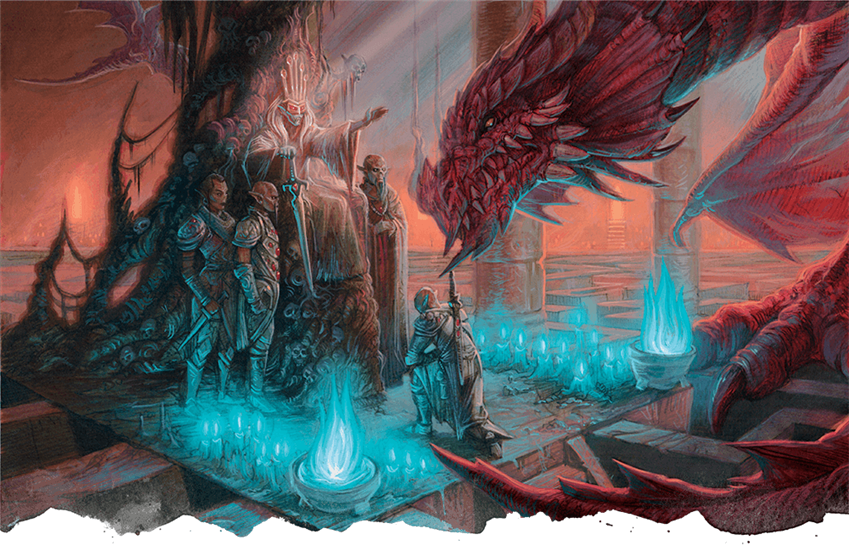
Villains Know Impact
Here’s one last tool to add to your DMing toolbox: the villain’s influence. Utilizing an enemy who does their best work outside of combat. Nowhere is this sort of characterization clearer than in the relationship between Superman and Lex Luthor.
Your players aren’t quite as powerful as the Caped Crusader, but they’re getting close. In a straight up fight, Luthor is a speck of dust sitting in front of the vacuum cleaner from Krypton. Even when Lex gains (or borrows) the power to go toe-to-toe with Superman, it never ends well. Lex Luthor cannot win in a fight against Superman. But Superman cannot win against Lex’s control of politics, misinformation, and publicly adored acts of altruism. The contrast of their abilities is what makes their relationship so unique.
That is impact.
Your campaign can use this dynamic to create new challenges at higher levels. A CR 1/8 noble may not be able to cast spells or defeat great monsters, but they can frame a party for murder or strike at their loved ones. A great villain knows that an adventuring hero is never home to protect the ones they love. These are angles of approach that vary enemy encounters with dynamic circumstances.
Some villains make their own death the worst available option. They’ve been around living a life, establishing their importance as a peace ambassador of the high courts. Even if you find proper evidence and convinced this kingdom, others won't be so trusting. Killing them would be pushing a domino that leads to war between neighboring countries. Being a brand new or even lesser-known figure in the world they live in makes it a lot harder for the party to resort to battle.
Because it’s D&D, these villains don’t have to be recurring characters. Their plots don’t need to succeed. Your party can roll high in the right places and manage to save the day flawlessly and that’s fine. It’s about putting your constantly evolving powerhouse of conflicts on display. The act of making god bleed. Because if god can bleed, someone will always show up to kill it.
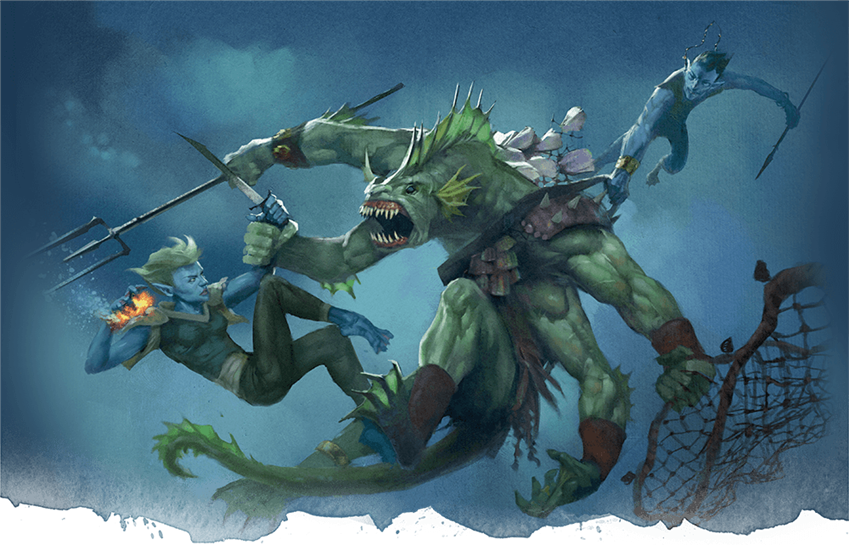
Conclusion
The Monster Manual rises to meet your players at every level. There will always be another creature to feature. But social experiences and exploration are still in your wheelhouse. The Dungeon Master’s Guide has a wealth of overlooked treasures similar to what’s proposed here, but you’re going to have to put the elements together and make them work. That’s the magic of being a DM. Social interactions alert the group to their relationship with the setting and what perspectives you want them to chew on. Your physical setting is indeed a place to explore, but making the most of new and wondrous locations makes them iconic . Add in villains who catch players at the heel, always targeting unexpected weaknesses. Figuring out the blend and tone and method? That’s you in action.
What strategies do you take with social interaction and exploration in higher levels? Let us know in the comments below!
Create A Brand-New Adventurer Acquire New Powers and Adventures Browse All Your D&D Content
 DC is an independent game designer, and the creator and author of plot ARMOR, as well as a narrative designer for Dungeons & Dragons at Wizards of the Coast. You can find them assisting the tabletop roleplaying game community’s growth on Twitter as @DungeonCommandr.
DC is an independent game designer, and the creator and author of plot ARMOR, as well as a narrative designer for Dungeons & Dragons at Wizards of the Coast. You can find them assisting the tabletop roleplaying game community’s growth on Twitter as @DungeonCommandr.








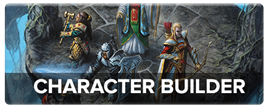
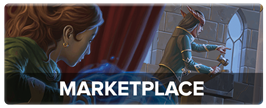
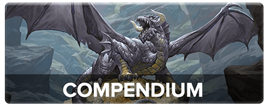
-
View User Profile
-
Send Message
Posted Feb 19, 2020This was an amazing article one of the best if not the best I've read on D&D beyond
-
View User Profile
-
Send Message
Posted Feb 19, 2020"WOOOFMP WOOOFMP"
I will keep this in mind for my next campaign.
-
View User Profile
-
Send Message
Posted Feb 19, 2020This is by far the best article in D&D Beyond that i have had the pleasure of reading. I have a party getting close to this "demi-god" like tier 3 so i will keep this in mind.
-
View User Profile
-
Send Message
Posted Feb 19, 2020Just the kind of article I needed to read preparing for an intense session coming up. Kudos!
-
View User Profile
-
Send Message
Posted Feb 19, 2020This is great. Clear explanation and interesting examples. Now I want to show my party a giant fey moth.
-
View User Profile
-
Send Message
Posted Feb 19, 2020Wow. I cannot wait to put this in action. I look forward to using more social interaction and exploration.
-
View User Profile
-
Send Message
Posted Feb 19, 2020try getting married and having children and being in charge of a town or city or nation. things get real.
-
View User Profile
-
Send Message
Posted Feb 19, 2020Thank you for an amazing article. Apropos as my party has just begun to rise into this tier of play. They are already hounded by associates and villagers. “People die wherever you go. Stay away!” Still seeing how they’ll handle the transition from hero to pariah as they realize they need to save and protect not only themselves but whole communities.
-
View User Profile
-
Send Message
Posted Feb 19, 2020This is such a great article with a few awesome tips for how to move a late stage campaign onward. I do have one criticism though:
Superman is not the Caped Crusader. That’s Batman. How dare you?
-
View User Profile
-
Send Message
Posted Feb 20, 2020Useful stuff. Thanks for it.
-
View User Profile
-
Send Message
Posted Feb 20, 2020Great read.
-
View User Profile
-
Send Message
Posted Feb 20, 2020Really impressed with your article. Thank you!
-
View User Profile
-
Send Message
Posted Feb 20, 2020Absolutely fantastic article! I'm so glad Google recommended this somehow! It's increasingly difficult for Narrators (GMs/DMs) to handle more and more powerful characters. Every character dreams of reaching epic levels, but most game masters dread these levels, worried can't challenge them anymore! There is always a bigger bad guy. There is always a society that the party must function in. Can't buy spell components like a 25000gp diamond to cast wish if the whole world hates you for not killing the tarrasque, or because you did kill their king (who was secretly an epic level evil witch) that had only ever been good to them. Con Air : a group of highway men attack, the Epic PCs slaughter them all to a man. The courts rule their training and Powers make them unsafe for the world and imprison them, but they are Hancock (Will Smith) and literally no prison can contain them. Yet, if they break out, the entire world hates them and attacks on sight. Good deities remove spells. They cannot murder ever single pitchfork farmer who runs them off. They have only themselves (party members) to socialize with. Every evil in the world seeks their dragons hoard of magic items and wealth. They become the big bad guys that lower level adventurers seek out to slay... Lions and tigers and epic PCs oh my!
-
View User Profile
-
Send Message
Posted Feb 20, 2020I really needed this article! I was getting very close to obsessing over CR and specialising in combat, when I should be looking broadly at challenges on the whole!
-
View User Profile
-
Send Message
Posted Feb 20, 2020Oh wow this is going to help me (I'm starting a campaign) a lot later on.
-
View User Profile
-
Send Message
Posted Feb 20, 2020Hehe
-
View User Profile
-
Send Message
Posted Feb 20, 2020Great article as always. I really enjoy reading your thoughts on how to challenge higher-level parties and keep them interested/entertained as well... To some degree, combat just scales to involve larger numbers, at least for the martial characters, but you can always shake things up by presenting different kinds of challenges that require different approaches. Good stuff.
-
View User Profile
-
Send Message
Posted Feb 20, 2020A good read!
-
View User Profile
-
Send Message
Posted Feb 20, 2020This is solid advice.
-
View User Profile
-
Send Message
Posted Feb 20, 2020Fantastic article, I particularly liked the mention that as characters level up, they won't just find themselves against powerful individuals, but whole organizations.
If I might add something, rising in level should also earn your PCs a reputation. As they gain fame (or infamy) it should become more likely over time for others to seek them out, to ask for their help or to get them out of the way, providing new story hooks for faraway new locales. It should also increase the chances they encounter other parties of adventurers, because what's just as good as a recurring villain? A rival.